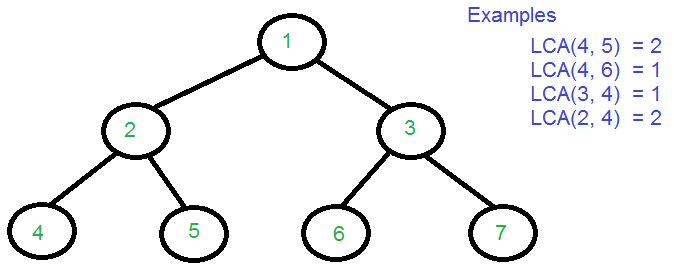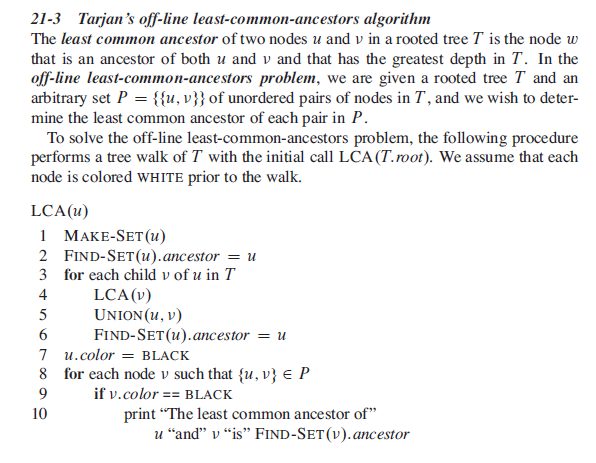Max Flow
Problem Statement
Farmer John has installed a new system of N−1 pipes to transport milk between the N stalls in his barn (2≤N≤50,000), conveniently numbered 1…N. Each pipe connects a pair of stalls, and all stalls are connected to each-other via paths of pipes. FJ is pumping milk between K pairs of stalls (1≤K≤100,000). For the ith such pair, you are told two stalls si and ti, endpoints of a path along which milk is being pumped at a unit rate. Please help him determine the maximum amount of milk being pumped through any stall. If milk is being pumped along a path from u to v, then it counts as being pumped through the endpoint stalls u and v, as well as through every stall along the path between them
In other words, we’re given a tree and a series of paths on that tree. We need to find the point at which the most paths intersect.
Observe the trivial case in which the tree is actually a linked list. We could increment a counter at the start of every path, and decrement a counter at the end.
Afterwards, run through the list maintaining a running count of the paths.
In order to apply this to a tree, first arbitrarily root the tree. Observe that for every node, there’s a unique path to the tree.
Define the LCA (Least Common Ancestor) of two nodes to be the node that’s furthest from the root, yet still is a ancestor to both nodes. For example, the LCA of nodes 5 and 6 is 1. Similarly, the LCA of nodes 6 and 7 is 3.

Let p(u) be the path from node u to the root. Note that the path from u -> v is equal to p(u) + p(v) - p(lca(u))
We can use the preceding method to increment counters, extending our solution from a linked list to a tree.
Tarjan’s LCA
However, we still need an efficient way to calculate the LCA of two nodes. Note that our queries are offline (we don’t need to process them in order).

To understand why this works, consider nodes u and v. There are two cases when finding LCA.
- u is a child of v or vice versa. This LCA for this case is trivial (it’s u or v).
- Let the LCA of the two nodes be t. u and v are on separate child branches of t. After visiting u the program will back track to t and make the ancestor of u, t. Once the program visits v, it’ll find that u is black (has been visited), and print out the LCA.
Code
My solution can be found here
Written by Robert Chen
Notice any mistakes? Please email us at learn@teamscode.com so that we can fix any inaccuracies.